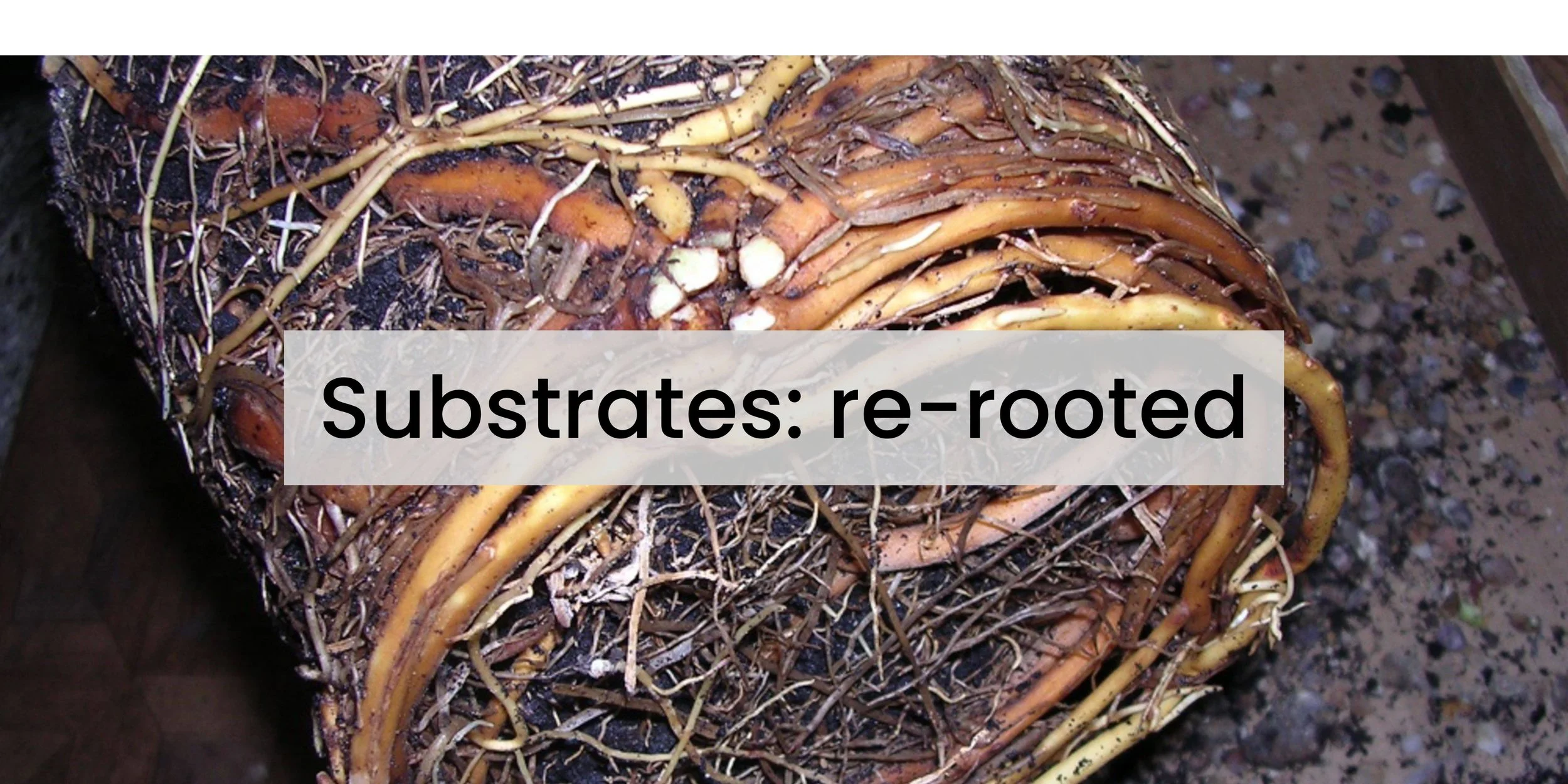Houseplant substrates: things are changing for the better
Time was when compost came in garish plastic 50 litre bags from the garden centre, and if you were lucky, you might find a little bag of houseplant compost next to the moth orchids. Inside, peat probably dominated: but who knew, because the packaging had no such info - just a load of meaningless words like 'natural'.
Like so many other aspects of gardening, the rise of a new generation of houseplant growers has changed things. It's about time: horticulture in the UK is intrinsically conservative, and change often comes at a glacial pace, but the disruptive force of the Covid pandemic speeded up the change.
Along came small firms such as Soil Ninja who understood what houseplant growers wanted and delivered it to their door: in the form of smaller bags, peat-free potting mixes tailored to particular plant familles, ingredients to make their own mixes and recyclable packaging. Substrate refill stations are popping up in houseplant boutiques. Some garden centres have realised that people buying houseplants rarely have room to store monster bags of the five different substrate components they want, and are starting to offer ingredients in smaller bags, like Grow Tropicals' substrate range; they are catering for customers who are prepared to pay more for a quality product that isn't just an outdoor substrate packaged differently.
Not to mention the campaign to make our growing media peat free: in the face of climate change, it became clear that this non-renewable resource is far better off staying underground. Let me say it loud and clear - there is no need to use peat in houseplant potting mixes. Even carnivorous plants can be grown in peat-free formulations.
It's easy to be paralysed by fear of getting it wrong when figuring out what to use in peat's place: coir, perlite, vermiculite and leca all have their own environmental costs, too. All we can do is get educated, and use the best option we can find right now. For what it's worth, I use the peat free Melcourt's Sylvagrow with added John Innes as my base, with rice husks, bark and a few other ingredients mixed in at different ratios, depending on the plant being potted. I am still using and reusing perlite I've bought in the past, but I don't plan to buy any more.
Three things you can do today to start changing things:
- Support peat-free growers such as Harriets Plants and Paddock Plants.
- Asking your favourite houseplant sellers whether their plants are in peat.
- Educate yourself about peat and the reasons why we shouldn't be using it in our potting mixes. This is a good place to start.
This blogpost was taken from The Plant Ledger, my email newsletter about the houseplant scene. Subscribe here and get my free in-depth guide to fungus gnats.
